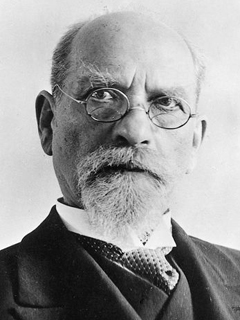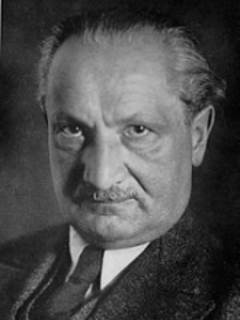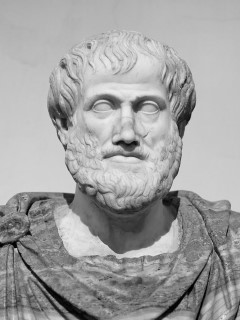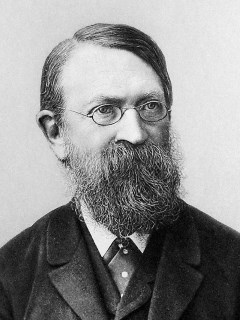
Publication details
Verlag: Springer
Ort: Berlin
Jahr: 2020
Pages: 111-126
Reihe: Contributions to Phenomenology
ISBN (Hardback): 9783030396220
Volle Referenz:
, "Roman Ingarden's early theory of the object", in: Early phenomenology in Central and Eastern Europe, Berlin, Springer, 2020


Roman Ingarden's early theory of the object
pp. 111-126
in: Witold Płotka, Patrick Eldridge (eds), Early phenomenology in Central and Eastern Europe, Berlin, Springer, 2020Abstrakt
Roman Ingarden is one of the most well known phenomenological ontologists. Yet his phenomenological ontology is very different from Heidegger's. Ingarden rather follows Husserlian formal ontology and, in a wider perspective, post-Brentanian theories of the object. He held that one of the tasks of a proper theory of the object was to overcome the empiricist bundle theories. His mature neo-Aristotelian substantialism is a strong response to empiricism. Ingarden began working out his position very early on. In his phenomenological manifesto—The Aims of Phenomenologists—he sketched a theory of the object as an alternative to the simple bundle theory of Ernst Mach and his followers. This early doctrine is the topic of the current chapter. I present this theory, classify it in contemporary terms and compare it to his mature substantialism. My thesis is that Ingarden's early view is a sort of sophisticated bundle theory or a sui generis doctrine which should be placed somewhere between sophisticated bundle theories and full-blooded substantialism. In The Aims the basic structure of a thing is a Gestalt-qualities structure, differing in many respects from a subject-properties structure.
Cited authors
Publication details
Verlag: Springer
Ort: Berlin
Jahr: 2020
Pages: 111-126
Reihe: Contributions to Phenomenology
ISBN (Hardback): 9783030396220
Volle Referenz:
, "Roman Ingarden's early theory of the object", in: Early phenomenology in Central and Eastern Europe, Berlin, Springer, 2020





